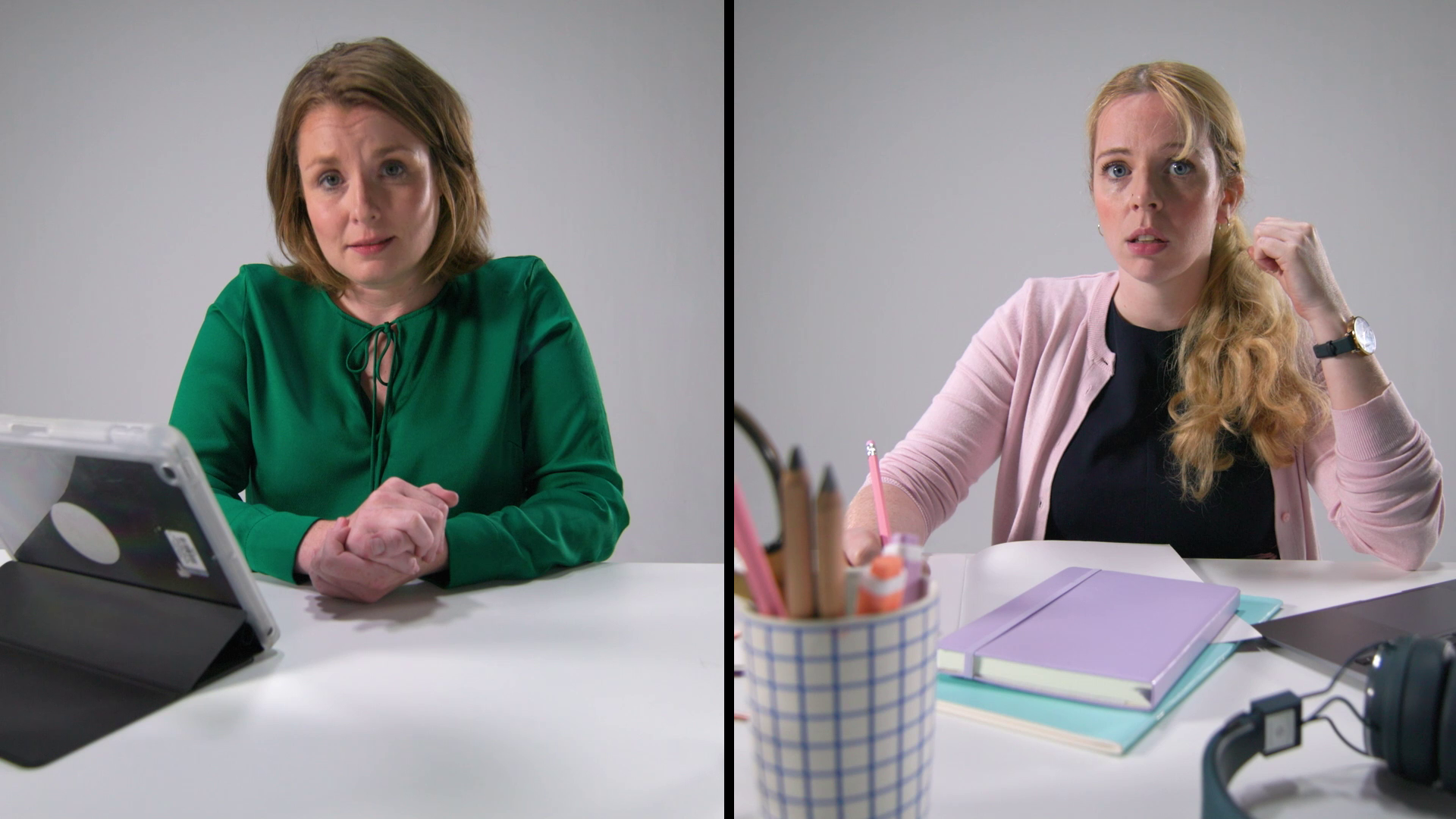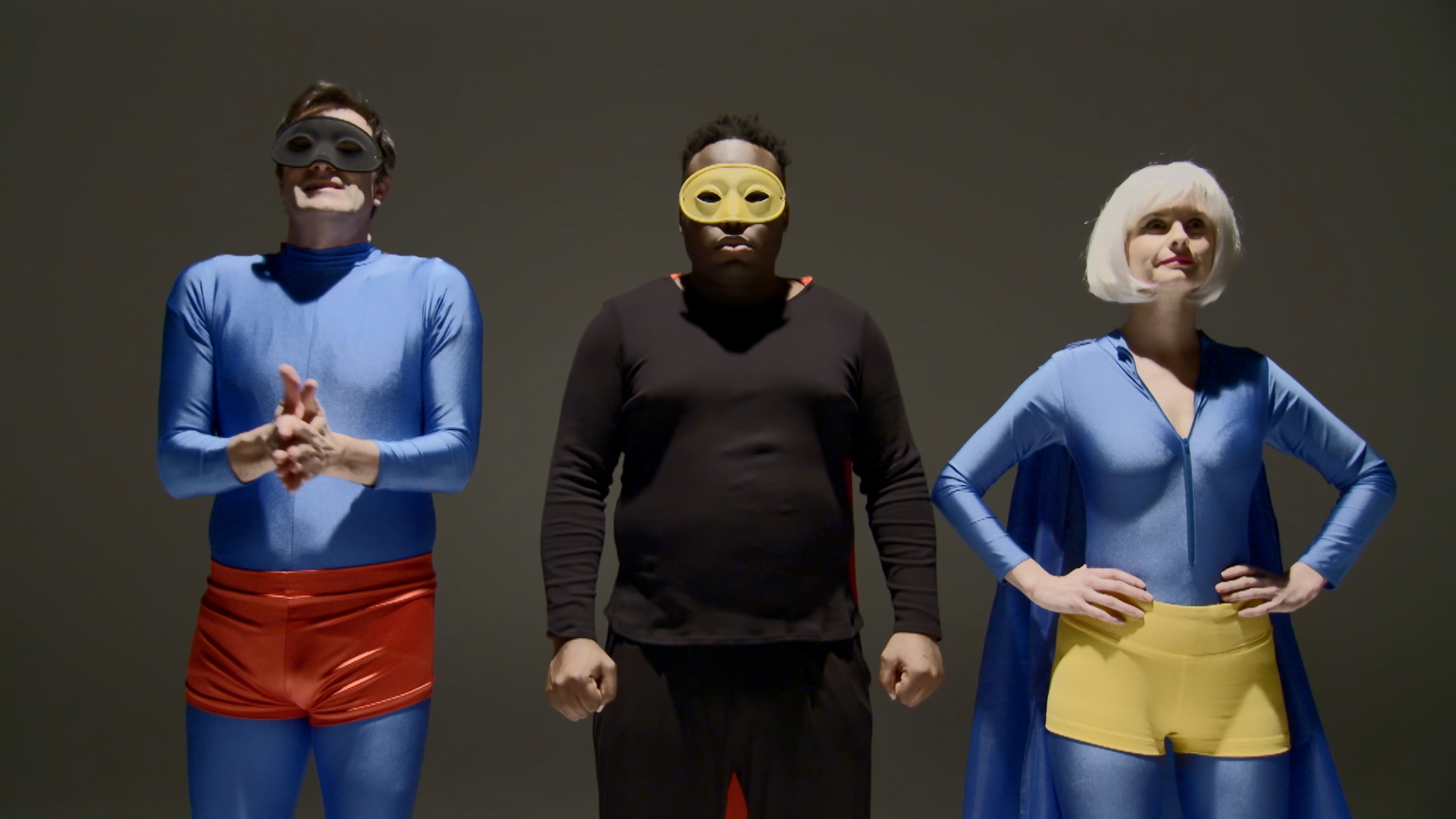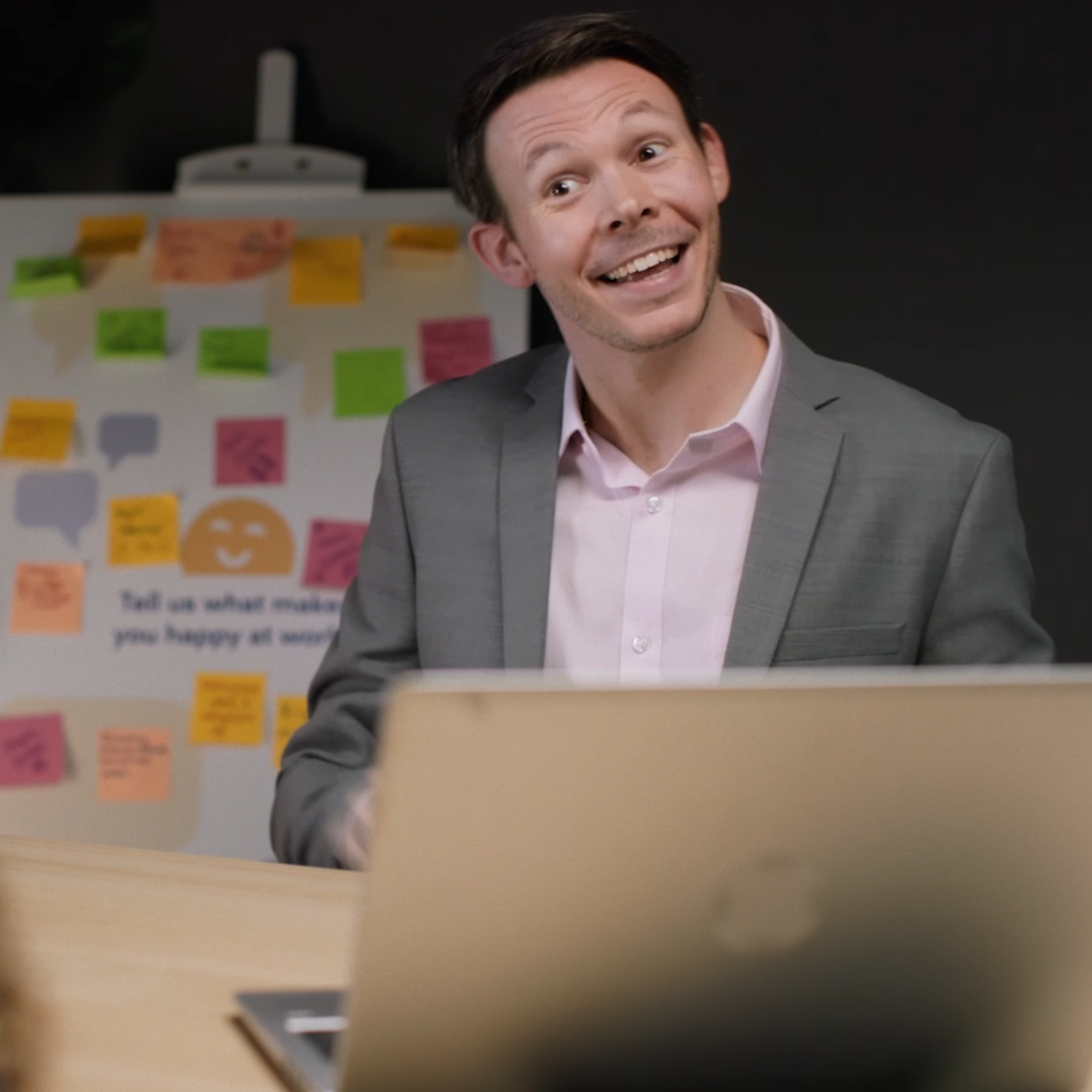It is possible to teach every branch of human knowledge with the motion picture.
Thomas Edison (1913)
Video in learning continues to be on the up, according to research from the Learning Index. Our annual study of the video and e-learning market found that 83 percent of organisations are using video in learning, up from 77 percent in 2016. It’s everywhere. So here’s our guide to finding the right source for video learning in your organisation.
Video in L&D – a trend that’s been 100 years in the making
At Video Arts, we’ve been banging on about the benefits of video for learning ever since we made Meetings Bloody Meetings 46 years ago. But some people have been banging on about it for even longer than us. Take Thomas Edison for example. He realised the potential of video for learning over 100 years ago when he said; “It is possible to teach every branch of human knowledge with the motion picture.” And whilst it was a bit tricky in his day (no-one had a telly, he was busy capturing electricity, he’d only just invented the motion camera…), today we’ve really got no excuse not to take advantage of what video can bring to the efficacy of our learning programmes. And that’s because:
- We’re only three seconds away from our own video production. Edison’s first motion camera was the size of a small spaceship. These days everyone has a camera in their pocket. And a good camera at that. You only need to look at a film like Tangerine to see the amazing results you can get with a smartphone (in their case an iPhone 5s).
- Modern technology guarantees a good viewing experience. Back in the early days of Video Arts we had to physically get people to one place to watch our films. Now we can stream them to anywhere in the world using the latest global video players and Content Delivery Networks.
- Everyone expects you to use video. 80 percent of the workforce were born in the 80s (Source: PwC). Some of them haven’t even heard of Duran Duran. I know it’s shocking but we need to come to terms with it. And come to terms with the expectations of a new employee audience where 50 percent of people watch a video online every day (Source: Childwise).
So, we’ve got the audience; we’ve got the technology. Where do you get your content?
Buy it?
Your first option is to buy it. 70 percent of L&D teams who use video buy it in, or have it made for them (Source: Video Arts Learning Index 2017). The upside is the expertise that this option brings you; from the subject matter experts, to the writers, to the production quality. Plus the reliable platforms and delivery options for all devices. And the support materials that come with them. The downside is…*SALES PITCH ALERT* you have to pay a very reasonable licence fee to access the entire library of an award-winning producer, like…Video Arts, for example.
Find it?
Interestingly, given that it’s free, L&D professionals are less likely to look for content on YouTube than to buy it. 61 percent of our respondents to the Learning Index do this. Our research suggests that despite it being handy, big and free it’s easy for people you’ve directed to YouTube to get distracted by dancing cats. The general view expressed is that YouTube is great for entertaining clickbait but less effective for valid, relevant and reliable L&D content.
Make it?
65 percent of L&D professionals make their own videos for learning (Source: Learning Index 2017). And 60 percent of those are rubbish (a made up statistic).
That’s a mean and unfair thing to say because, as I mentioned earlier, you can get a great quality film shooting on a mobile phone. But. Let’s go back to Tangerine; shot with award-winning cinematography on an iPhone 5s. James Ransone (who plays the pimp in the film) said, “Yes, you can make a beautiful-looking film on a shoestring budget. But…You still need to know how editing works. You still need to know how sound works. You still need to know how a camera works. You can’t just go out and shoot – you have to know 100 years’ worth of filmmaking.” In other words, it’s all about having the right resources. For a Video Arts shoot, we use a full production team including a director, producers, actors, writers, editors, sound, lighting, graphic effects, the picture graders…to name just a few. It doesn’t mean that you need all of that to make a video. The point is to think about what your video needs to do and what expertise and production values you need to bring to make sure it does it.
So make it…buy it…YouTube if you want to but do try to teach every branch of human knowledge with the motion picture. You won’t regret it.
Sally Winter is head of content at Video Arts, the home of video learning.
Download the Video Arts A-Z of Video Learning for your full guide to everything video learning…
[download id=”2762″ template=”button”]


